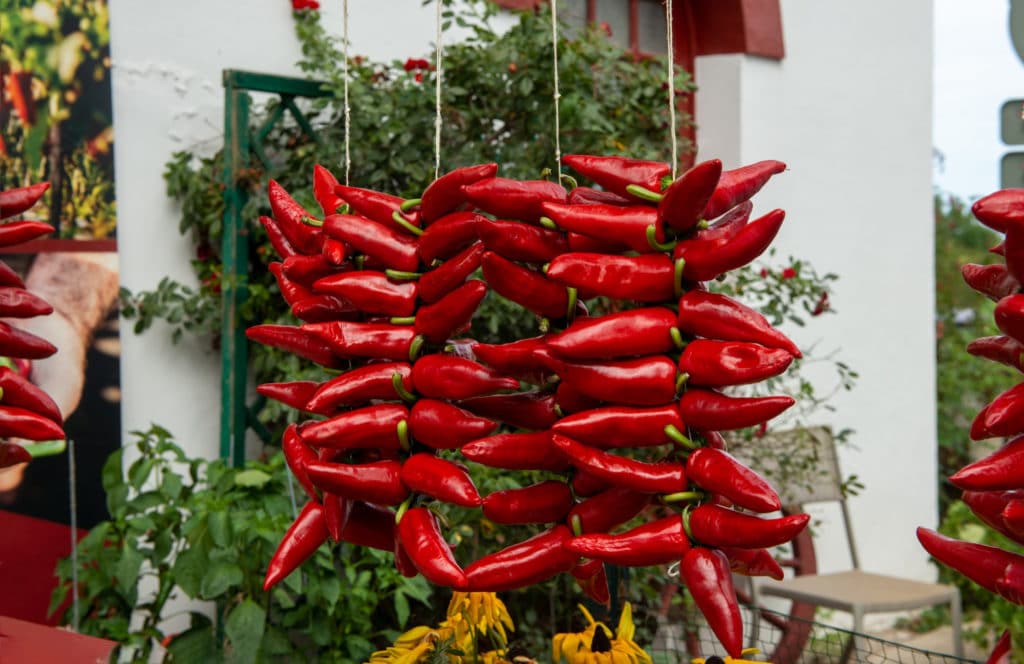Egypt: Ancestral cradle of Foie Gras
Immerse yourself in the ancient history of Foie Gras, a cherished delicacy that has its roots in ancient civilizations.
Egypt: The beginning of a culinary tradition
Foie Gras, a culinary treasure with ancient roots, has its earliest documented traces in the majestic Egyptian necropolis of Saqqara, dating back over 4,000 years. In this historic site, within the tomb of the revered royal official Mereruka, there is an impressive depiction: the ancestral practice of overfeeding geese, a gastronomic ritual that marked the beginning of the fascinating history of Foie Gras.
The overfeeding of geese, also known as “gavage,” was a technique carefully developed by the ancient Egyptians to optimally raise and fatten geese. This process, which involved feeding the geese a diet rich in grains and other nutritious foods, aimed primarily to increase the size and fat content of the animals’ livers. The end result was an extraordinarily large, smooth, and delicious liver, known as Foie Gras.
For the ancient Egyptians, Foie Gras was not only a culinary delight but also a symbol of opulence and social status. It was reserved for the most special and ceremonial occasions, and its consumption was associated with the aristocracy and elite of Egyptian society.
This exquisite delicacy not only satisfied the most demanding palates but was also considered an appropriate tribute for the gods during religious celebrations and important festivals. The depiction of overfeeding geese in the tomb of Mereruka is an astonishing testament to the reverence and appreciation that the ancient Egyptians had for Foie Gras. This gastronomic legacy endures to this day, reminding us of the profound connection between culture, history, and food in the fascinating Egyptian civilization.

The legacy in ancient Greece and Rome

The overfeeding of geese, known in Greek as “pterophagy,” was appreciated by the ancient Greeks for the exquisite and delicate result it produced. Goose feeders, known as “ganopotes,” were considered masters in the art of raising and feeding these animals to produce the most delicious and coveted Foie Gras.
In ancient Rome, Foie Gras was a delicacy reserved for the tables of the elite and aristocracy. Foie Gras recipes were included in the prestigious cookbook “De re coquinaria,” which compiled the most refined culinary techniques and exquisite dishes of the time. Marcus Gavius Apicius, considered the author of this influential book, provided detailed instructions on how to prepare and serve Foie Gras, emphasizing its importance as a symbol of luxury and sophistication in Roman society.
Foie Gras today: a gourmet delight
Today, Foie Gras remains an important part of global gastronomy, rooted in a rich history and culinary tradition. From its humble beginnings in ancient Egyptian civilization to its evolution in contemporary cuisine, this culinary delicacy has stood the test of time and continues to be a symbol of refinement and sophistication at the table.
As the demand for high-quality gourmet products continues to grow worldwide, Foie Gras remains a prized ingredient in the kitchens of chefs and enthusiasts alike, delighting palates with its rich flavor and indulgent texture. Without a doubt, Foie Gras will continue to be a standout element in the global gastronomic scene, celebrating its historical legacy and its permanent place in the global culinary repertoire.
Discover our selection of Foie Gras
and immerse yourself in the delicious culinary tradition that has endured through the centuries. Visit our store now and bring a piece of gastronomic history to your table.

